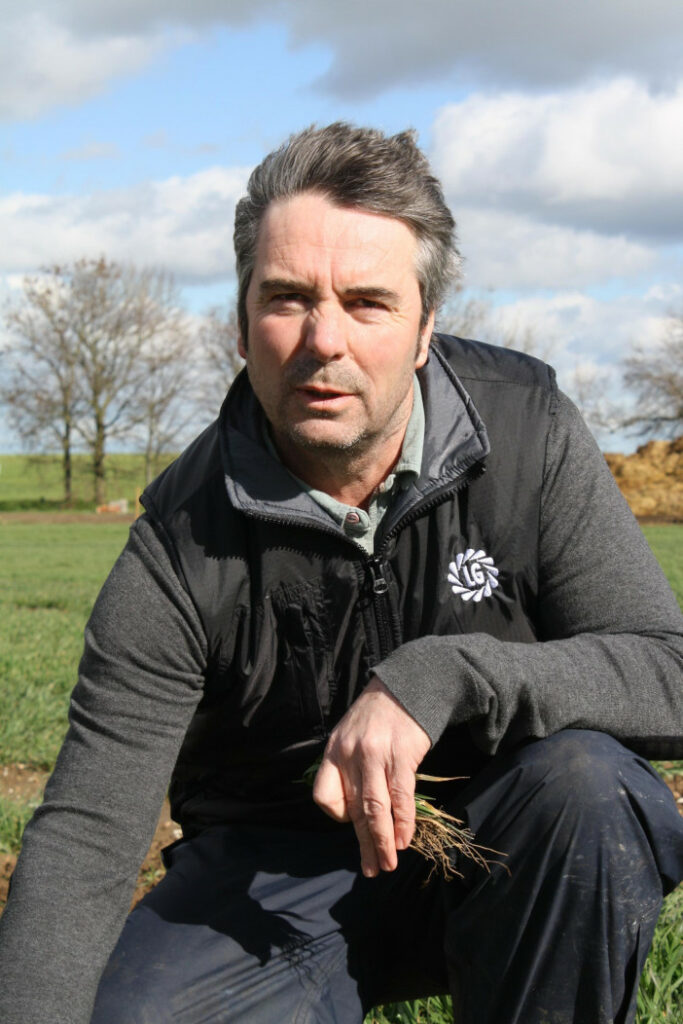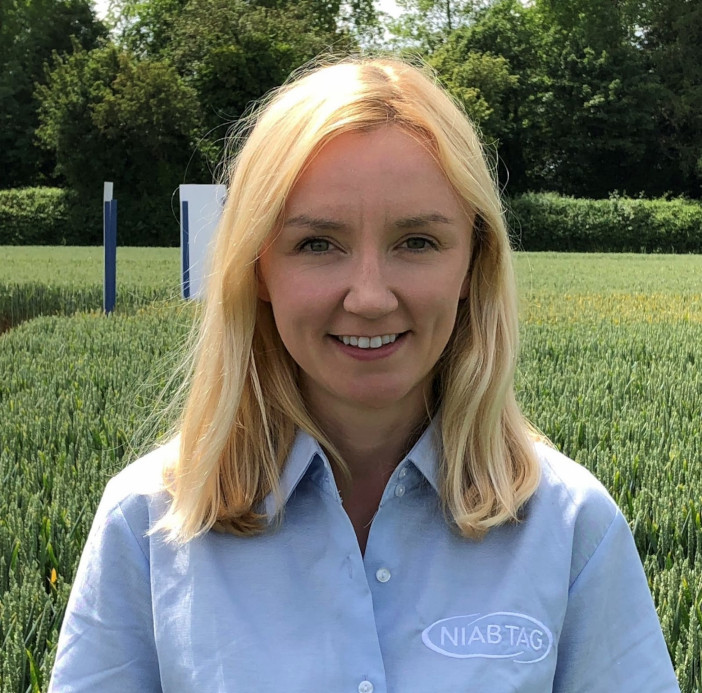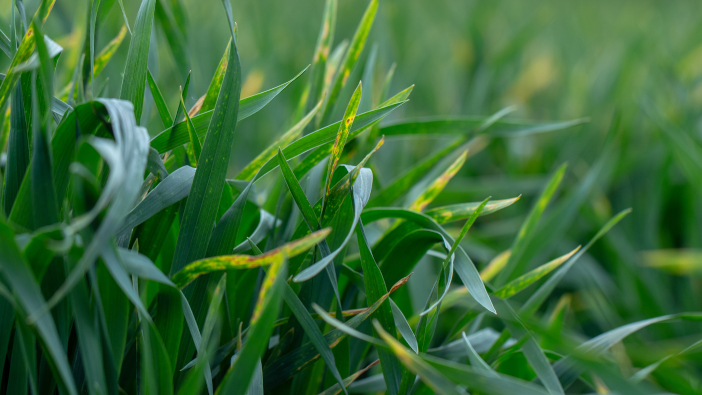As the all-important T1 and T2 fungicide timings approach, growers are being urged to respect the synergy between varietal resistance and fungicide chemistry when finalising spray decisions.
Last year’s late epidemic of septoria following a dry start to spring, resulted in many wheat varieties with Cougar parentage having their AHDB Recommended List ratings downgraded as new strains took hold, especially in varieties relying on single-gene resistance.
But the multi-gene resistance of LG Astronomer, a (Leeds x Cougar) x Britannia cross, proved much more resilient, with its three-year rating only dropping slightly to 6.8, thereby retaining its position as one of the highest on the RL’s three-year and one-year ratings.

“Within the Group 3 biscuit sector, the newer Limagrain varieties, especially LG Astronomer, have really upped the game against septoria compared with older varieties such as KWS Barrel and Elicit [rated 4.3 and 4.9 respectively],” says Limagrain UK’s Ron Granger.
“But, while selecting strong genetics is the number one consideration for tackling septoria, that must be combined with a programmed approach to fungicides. There’s got to be a synergy between genetic resistance and chemistry.
Mr Granger acknowledges there may sometimes be an opportunity to reduce fungicide inputs at T0, especially if growing Cougar-based material that offers good seedling resistance to yellow rust, but he stresses it is vital not to get caught out by any disease, especially septoria, as T1 and T2 fungicide programmes may be implicated.
“Growers need to be in a protective strategy for reducing both yellow rust and Septoria inoculum in crops, and have this in mind when formulating the season’s fungicide programmes on the farm.”
NIAB’s crop protection and agronomy specialist Aoife O’Driscoll said that septoria is an “unbelievably adaptable” pathogen, capable of cycling several times through the season, with an ability to evolve and potentially overcome fungicide chemistry or varietal resistance.

“This was clearly highlighted last year, when conditions in May were perfect for the disease, speeding up the pace of change. People often talk about varieties or fungicides ‘breaking down’ to Septoria, but they’re not changing; it’s the pathogen that’s evolving,” she explained. “Cougar isolates were actually first identified in 2015, but it was the perfect conditions for Septoria last year that allowed them to take hold.”
She agrees that overreliance on any one aspect – genetic resistance or fungicide chemistry – should be avoided and advises growers to employ a fungicide strategy that is tailored to varieties and the season.
Dr O’Driscoll said that growing a range of three or four different varieties across the farm can help to reduce the risk of Septoria taking hold. “In the same way, growing a variety with a more diverse genetic background (such as LG Astronomer) can also make it harder for the pathogen to evolve and overcome that genetic resistance.
“The more diverse the genetic background, the higher the ‘wall’ that the pathogen has to navigate over.”
She cautioned against using weak or low rates of fungicides, even on more resistant varieties, as this can potentially allow the pathogen to survive, reproduce and mutate. “As we’ve seen with yellow rust in the past, if you don’t control diseases early, they can soon spiral out of control.”
Modern chemistry can also bring physiological benefits to rooting and crop greening that are in addition to disease control, which should be considered when planning fungicide strategies, Mr Granger noted.

BASF Real Results farm trials of around 30 varieties at five farms support this view, according to Dr Jon Helliwell, cereal fungicides business development manager.
“We’ve seen in these trials that even on the most resistant varieties, there is a clear yield benefit from stepping up to stronger Revystar-based chemistry at the T1 and T2 timings that goes beyond disease control.”
Further research has reinforced the impact such physiological effects can have on nitrogen use efficiency, with trials showing a clear benefit from using Revystar at almost all nitrogen levels ranging from 37 to 370 kg N/ha.
“But don’t forget, the best way to enhance nitrogen utilisation is by using a strong variety and strong chemistry to control disease, which enhances the ability of the plant to utilise nitrogen and build yield,” Dr Helliwell said.
“Genetics can delay the onset of Septoria, but even the strongest varieties should be supported with good chemistry at the main fungicide timings. This is especially true when you consider that the T1 is expected to offer three to four weeks protection, while growers could be asking T2s to protect crops for up to seven or eight weeks.
“If you apply a stronger fungicide, the maximum financial loss you face is the additional cost of that product, whereas if you cut back unnecessarily and get inadequate disease control, the cost could be a lot greater.”


